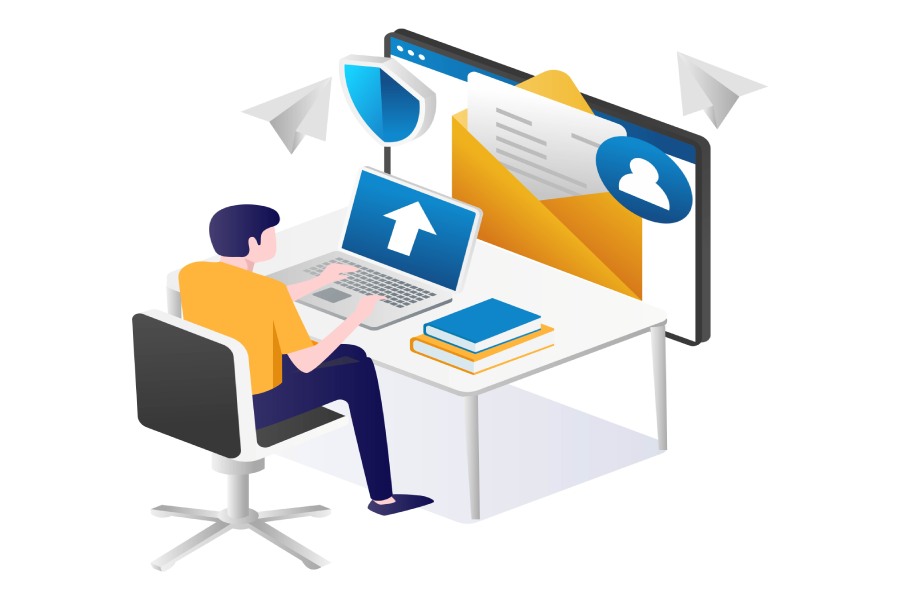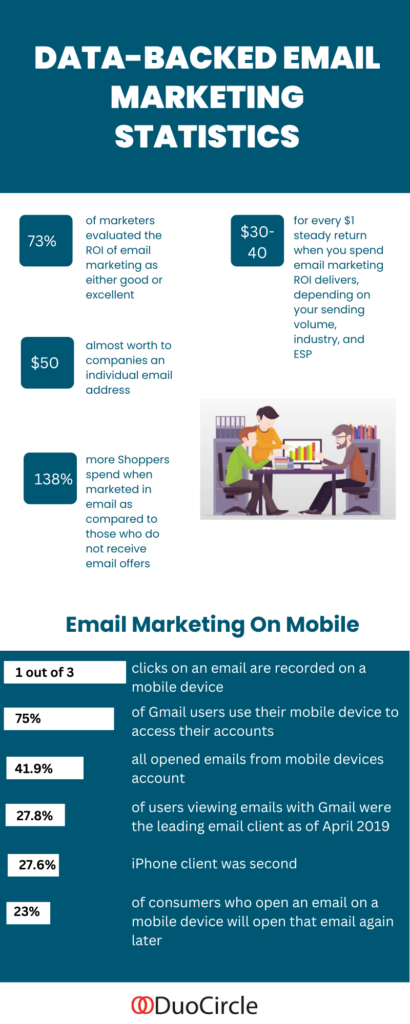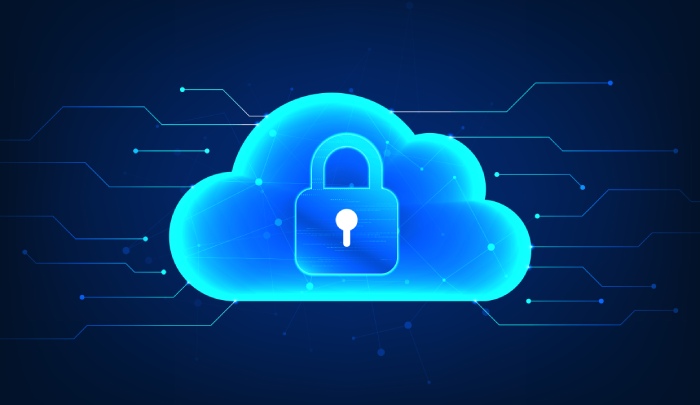Learn how email security tools such as Secure Email Gateways and End-to-End Encryption can help protect email content and attachments from malware, phishing, and other email-borne threats. Enhance the security and privacy of your email communication with these tools.
Email communication has become universal in modern-day communication, with individuals and organizations relying heavily on it to exchange sensitive information. However, such nature of email communication has also made it a prime target for cyber threats. Cyber attackers frequently seek to exploit email vulnerabilities to steal sensitive information, infect systems with malware, and carry out other nefarious activities.
To safeguard against these threats, various email security tools have been developed, including secure email gateways and end-to-end encryption. These email security tools offer advanced protection mechanisms that help secure email content and attachments against various cyber threats. This article explores the role of these email security tools in securing email content and attachments, their respective features and benefits, and how they work.
What are Secure Email Gateways, and How Do they Protect Email Content and Attachments?
The Need for SEGs
Email-based attacks continue to pose a significant threat to corporate cybersecurity, with phishing among the most prevalent cyberattack vectors. Through phishing attacks, attackers can deliver malware and steal confidential data, while a compromised email account can grant them unauthorized access to valuable information, such as email content and email attachments.
To address these vulnerabilities, Secure Email Gateways are a crucial element in enhancing organizations’ cybersecurity posture. As many email programs’ built-in security features may fall short of providing adequate protection against sophisticated threats, Secure Email Gateways offer an additional defense layer essential for effective risk management.
What Exactly is SEG?
SEGs (Secure Email Gateways) is an email security solution strategically positioned along the path of emails from the public Internet to the corporate email server, enabling it to scrutinize emails for harmful content before they reach the corporate systems.
How Secure Email Gateways Protect Email Content and Attachments?
Secure Email Gateways are specialized email security solutions that protect email content and attachments from various email-borne threats such as malware, phishing, spam, and other email-borne attacks. Secure Email Gateways protect email content and attachments effectively as they have the following features:
1. Content Filtering: SEGs use content filtering to scan incoming and outgoing emails for specific types of content, such as confidential data or attachments that may contain malicious code. The feature is critical for organizations as it helps to prevent data breaches and information leakage.
2. Threat Detection: SEGs employ advanced threat detection mechanisms such as ML (Machine Learning) algorithms and AI (Artificial Intelligence) to identify and block malicious emails to protect organizations from emerging threats such as zero-day attacks that are not yet recognized by legacy antivirus software.
3. Email Encryption: SEGs offers end-to-end encryption, ensuring that sensitive information transmitted via email is protected from unauthorized access, a critical feature for organizations that handle sensitive data, such as healthcare providers and financial institutions.
4. Data Loss Prevention: SEGs use DLP (Data Loss Prevention) technology to identify and block the transmission of confidential data through email to secure email content and attachments, prevent data leakage and ensure compliance with data protection regulations such as GDPR (General Data Protection Regulation) and HIPAA (Health Insurance Portability and Accountability Act).
5. CDR (Content Disarm and Reconstruction): With CDR, SEGs can deconstruct email attachments, eliminate malicious content, and reassemble a clean file that is safe for the user to receive.
What is End-To-End Encryption, and How Does it Protect Email Content and Attachments?
The Need for End-To-End Encryption
Organizations cannot afford to neglect data security, with the average cost of a data breach reaching $4.35 million globally in 2022. These include costs for discovering and addressing the breach, costs associated with downtime and lost revenue, and long-term reputational harm.
In addition, a data breach involving PII (Personally Identifiable Information) could result in loss of customer trust, regulatory fines, and legal action.
E2EE is a crucial technique that comes into play while safeguarding private data, mainly where privacy is paramount. Examples of sensitive data include confidential business documents, financial records, legal proceedings, personal communications, and medical records.
What is End-To-End Encryption?
E2EE (End-to-End Encryption) is a security mechanism used in email communication to ensure the confidentiality of email content and attachments. With end-to-end encryption, the email message is encrypted on the sender’s device, and only the recipient’s device can decrypt the message, meaning that any intermediate servers or services that handle the email message cannot read the content of the email or its attachments.
How does End-To-End Encryption Work?
In end-to-end encryption, the encryption and decryption of email messages are performed by client-side software on the sender and recipient’s devices. The encryption process typically uses a PKI (Public Key Infrastructure) to generate unique encryption keys for each email message.
The sender’s device encrypts the message using the recipient’s public key, available in their public key directory. The recipient’s device then decrypts the message using their private key, only accessible to them.
How does End-To-End Encryption Protect Email Content and Attachments?
E2EE ensures that only the intended recipients can access the content of an email and its attachments, even if it is intercepted or accessed by a third party during transmission or storage. E2EE Offers:
1. Email Data Integrity: End-to-end encryption protects against unauthorized tampering with data in transit, ensuring the integrity of an organization’s data no matter where it’s stored or who accesses it.
2. Advanced Protection: End-to-end encryption is the only technology to protect data from unauthorized access anywhere in the workflow, including on-premises servers, cloud storage, and user communications. Even if third parties break into a system, they cannot use any encrypted data stored there.
3. Better Key Storage: End-to-end encryption provides a safer approach to cloud security by encrypting data at rest and in transit and storing decryption keys on individual user devices rather than in the cloud.
4. Secure Remote Work: End-to-end encryption is essential for secure remote work, as the remote workforce has increased significantly during the pandemic. End-to-end encryption ensures the security of files, communication, and collaboration, which are necessary for remote workers to access.
5. Data and Communication Security: End-to-end encryption protects an organization’s reputation by safeguarding valuable data and communications. If an organization falls victim to a breach or attack, its reputation is damaged. However, end-to-end encryption can demonstrate that an organization is responsible and takes security seriously.
E2EE also offers protection against man-in-the-middle attacks, where an attacker intercepts the email communication and modifies the content or attachments. With E2EE, any modifications or tampering with the encrypted email would render the decryption key useless, and the recipient would not be able to access the modified content or attachments.
Final Words
Organizations and individuals can use email security tools such as Secure Email Gateways and End-to-End Encryption to address advanced email security challenges.
SEGs can protect email content and attachments by using content and attachment filtering to detect and block malicious content. On the other hand, E2EE provides high security and privacy by encrypting email content and attachments at the sender’s end and decrypting it only at the recipient’s end, ensuring only the intended individual can access the content.
By using these email security tools, organizations and individuals can enhance the security and privacy of their email communication and protect themselves against various email-borne threats. For enterprises, investing in email security tools is crucial in safeguarding email content and attachments and ensuring secure and private communication.


